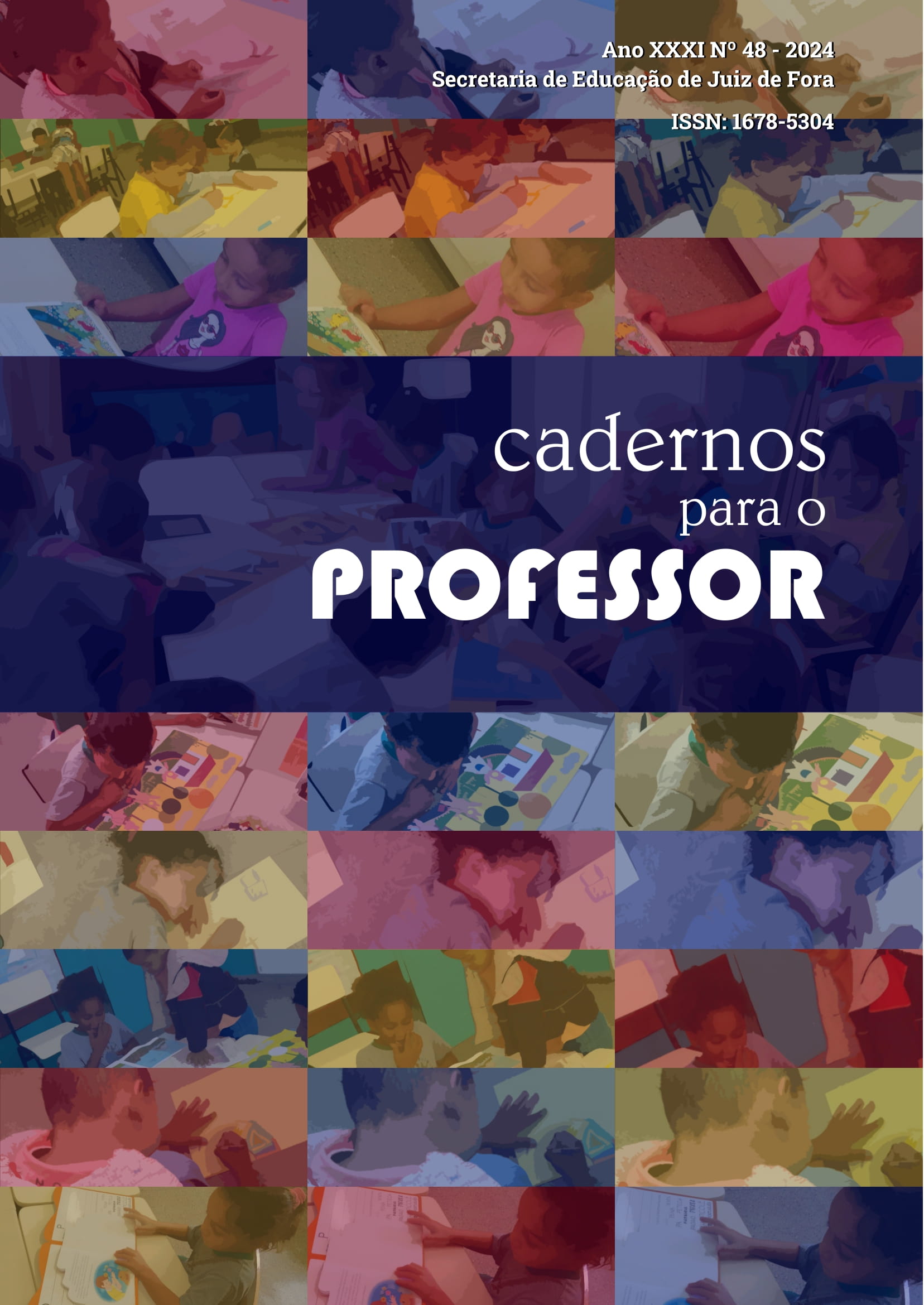FEARS, LITERATURE AND CHILDHOODS: what can early childhood education begin from children?
DOI:
https://doi.org/10.62556/r1xgdx94Keywords:
Complexity, Child Education, Death, LifeAbstract
In light of complex thinking (Morin, 2007) as a theoretical framework and narrative research (Connelly; Clandinin, 2008) as the methodological path, this article aims to reflect on the implicit aspects that orbit the theme of death in Early Childhood Education, enabling us to rethink the way we conceive of children, childhoods, and literature. We ask what can early childhood education do from the child? Our philosophical-educational reflections indicate that understanding the reductionist and fragmenting paradigm in which we are immersed is an exercise in questioning the prescriptive curricular logic, moving towards conceptions and practices of a narrative curriculum (Goodson, 2019) that considers Orality and Reading and Writing in Early Childhood Education, and that thinks of the real child contextualized in the multidimensionality of reality, making the Fields of Experiences and our pedagogical metamorphoses emerge in the act of educating.
Downloads
Published
Issue
Section
License
Copyright (c) 2024 Alan Willian de Jesus Jesus (Autor)

This work is licensed under a Creative Commons Attribution 4.0 International License.





